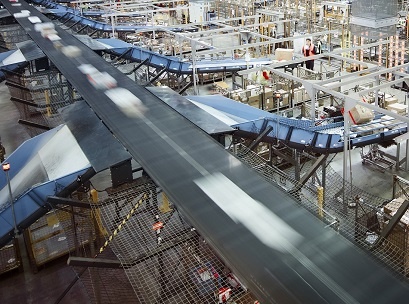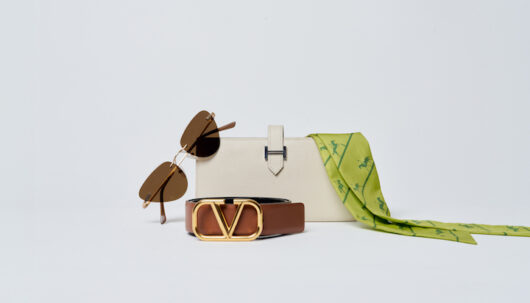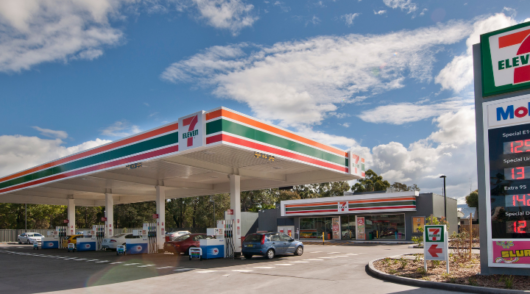
Australians spent $27.5 billion online in 2018, 24 per cent more than they spent in 2017, according to Australia Post’s annual Inside Australian Online Shopping Report.
Australia Post general manager for parcels and express services Ben Franzi said the report showed that 7.6 million Australian households (or 73 per cent of all households) shopped online last year.
“Australians are getting online more and more, and changing the face of shopping,” Franzi said.
“With it, they are also expecting faster service and delivery – with next day deliveries growing by 31.7 per cent, [and] more than 62 per cent of these fashion related purchases.”
Smartphones are fast becoming the device of choice for online purchasing according to the report, which grew 28 per cent over the course of 2018, and sits alongside desktop and laptop browsing – with mobile making up 26 per cent of all shopping, while laptop (32.8 per cent) and desktop (27.3 per cent) fell.
Additionally, the data gathered by AusPost found that peak shopping time occurs between 7pm and 9.59pm – when customers have finished work, arrived home and finally have a chance to relax and browse their favourite online marketplace.
And, the research shows, marketplaces continue to dominate the online space – with the number of purchases through marketplaces growing 31.2 per cent year over year.
“Australians appreciate the convenience that comes with being able to access goods from a variety of sellers in one place – it is quite literally a market, replicated online and providing an abundance of choice for consumers,” Franzi said.
Unsurprisingly, the end of year period was the busiest time for e-commerce, with the five weeks between November 11 and December 15 accounting for almost 15 per cent of all online purchases.
“The peak for this period was the Black Friday [and] Cyber Monday sales, which accounted for the biggest online shopping week in Australia’s history, recording growth of 28 per cent year on year,” Franzi said.
According to a report by Fairfax, Australia Post will spend almost $1 billion in the coming three years to keep up with the growing demand for e-commerce in Australia.





